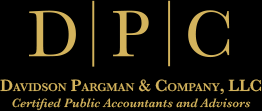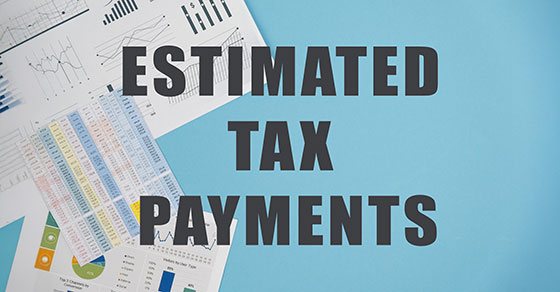
With summer fast approaching, you might be considering hiring young people at your small business. If your children are also looking to earn some extra money, why not put them on the payroll? This move can help you save on family income and payroll taxes, making it a win-win situation for everyone!
Here are three tax benefits.
1. You can transfer business earnings
Turn some of your high-taxed income into tax-free or low-taxed income by shifting some business earnings to a child as wages for services performed. For your business to deduct the wages as a business expense, the work done by the child must be legitimate. In addition, the child’s salary must be reasonable. (Keep detailed records to substantiate the hours worked and the duties performed.)
For example, suppose you’re a sole proprietor in the 37% tax bracket. You hire your 17-year-old daughter to help with office work full-time in the summer and part-time in the fall. She earns $10,000 during the year (and doesn’t have other earnings). You can save $3,700 (37% of $10,000) in income taxes at no tax cost to your daughter, who can use her $15,000 standard deduction for 2025 (for single filers) to shelter her earnings.
Family taxes are cut even if your daughter’s earnings exceed her standard deduction. That’s because the unsheltered earnings will be taxed to her beginning at a 10% rate, instead of being taxed at your higher rate.
2. You may be able to save Social Security tax
If your business isn’t incorporated, you can also save some Social Security tax by shifting some of your earnings to your child. That’s because services performed by a child under age 18 while employed by a parent aren’t considered employment for FICA tax purposes.
A similar but more liberal exemption applies for FUTA (unemployment) tax, which exempts earnings paid to a child under age 21 employed by a parent. The FICA and FUTA exemptions also apply if a child is employed by a partnership consisting only of his or her parents.
Note: There’s no FICA or FUTA exemption for employing a child if your business is incorporated or is a partnership that includes non-parent partners. However, there’s no extra cost to your business if you’re paying a child for work you’d pay someone else to do.
3. Your child can save in a retirement account
Your business also may be able to provide your child with retirement savings, depending on your plan and how it defines qualifying employees. For example, if you have a SEP plan, a contribution can be made for up to 25% of your child’s earnings (not to exceed $70,000 for 2025).
Your child can also contribute some or all of his or her wages to a traditional or Roth IRA. For the 2025 tax year, your child can contribute the lesser of:
- His or her earned income, or
- $7,000.
Keep in mind that traditional IRA withdrawals taken before age 59½ may be hit with a 10% early withdrawal penalty tax unless an exception applies. (Several exceptions exist, including to pay for qualified higher-education expenses and up to $10,000 in qualified first-time homebuyer costs.)
Tax benefits and more
In addition to the tax breaks from hiring your child, there are nontax benefits. Your son or daughter will better understand your business, earn extra spending money and learn responsibility. Contact us if you have any questions about the tax rules in your situation. Keep in mind that some of the rules about employing children may change from year to year and may require your income-shifting strategies to change too.
© 2025 TopLine Content Marketing Team






